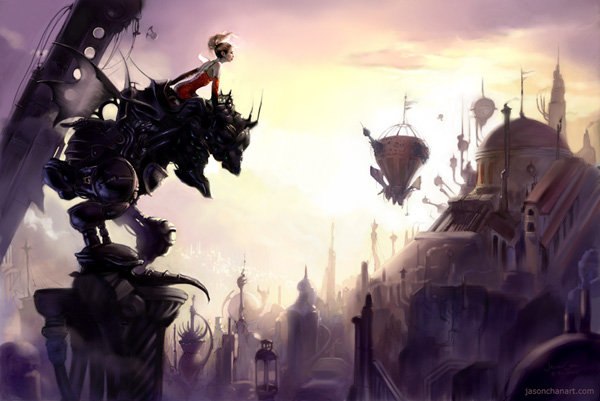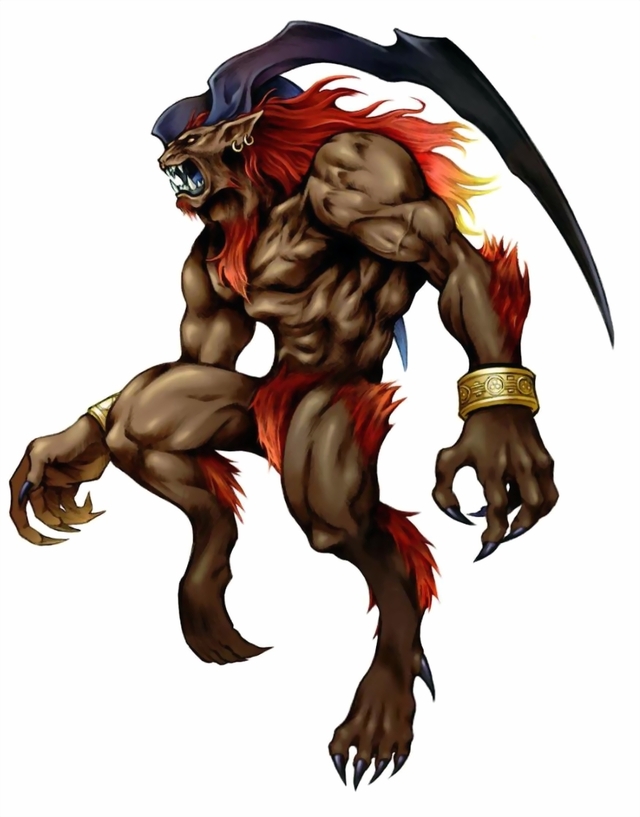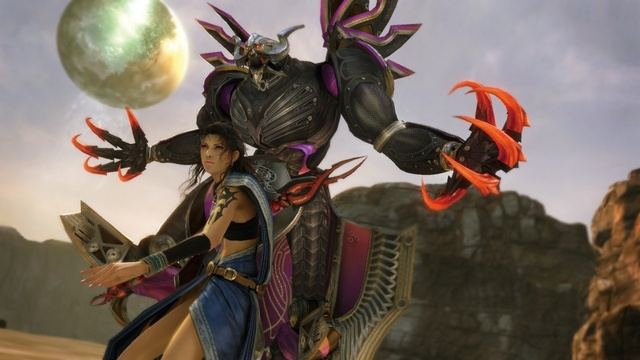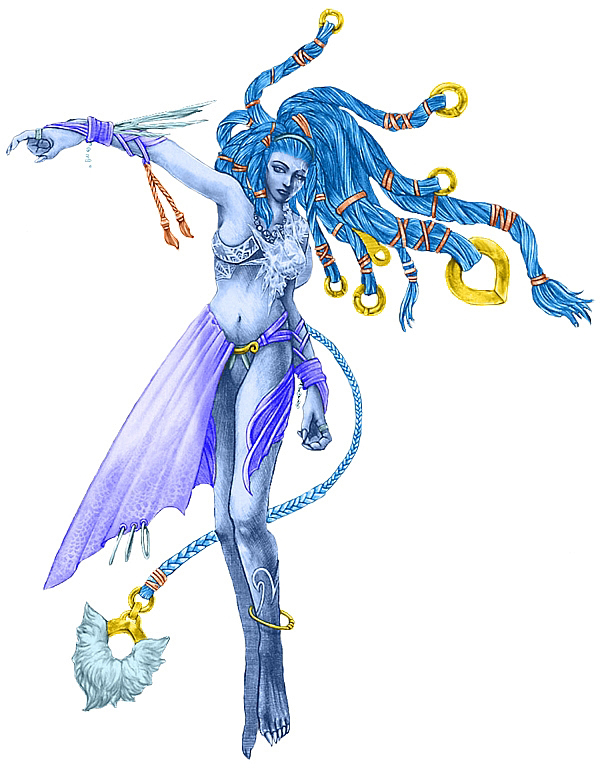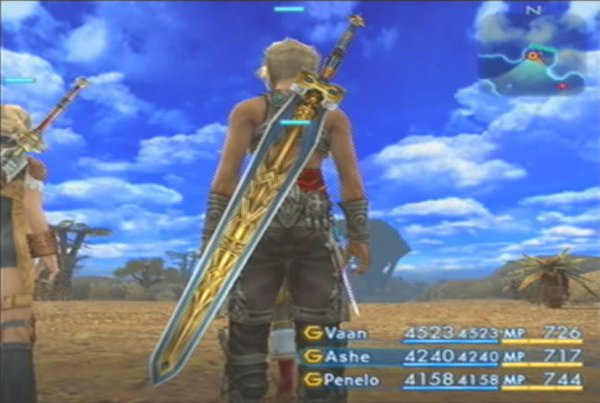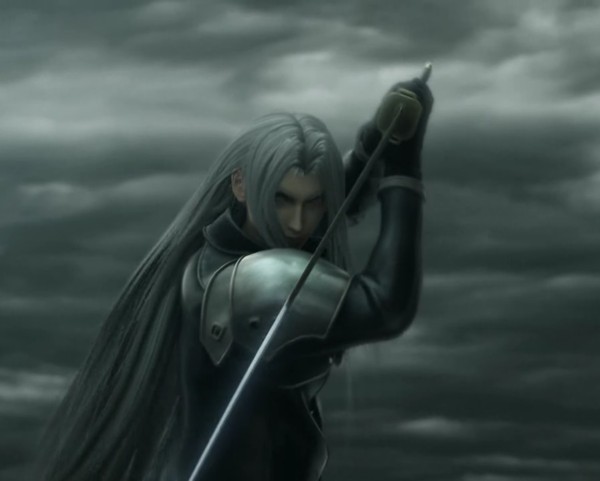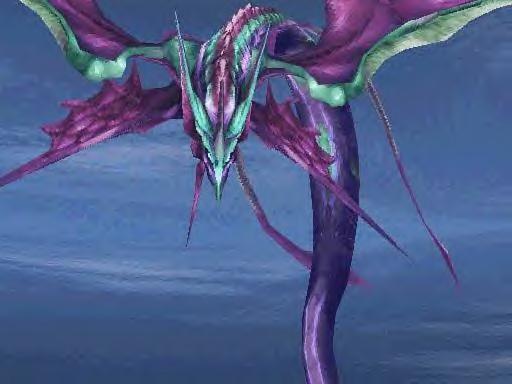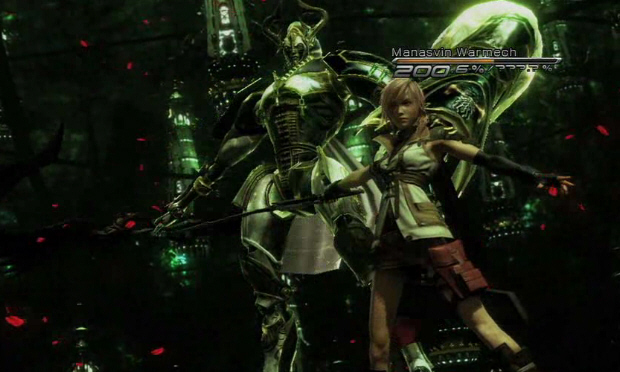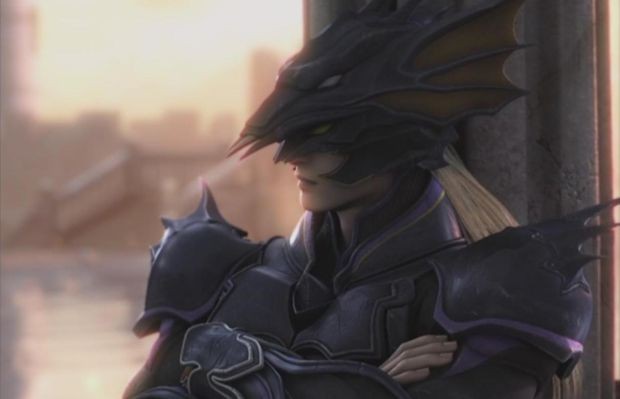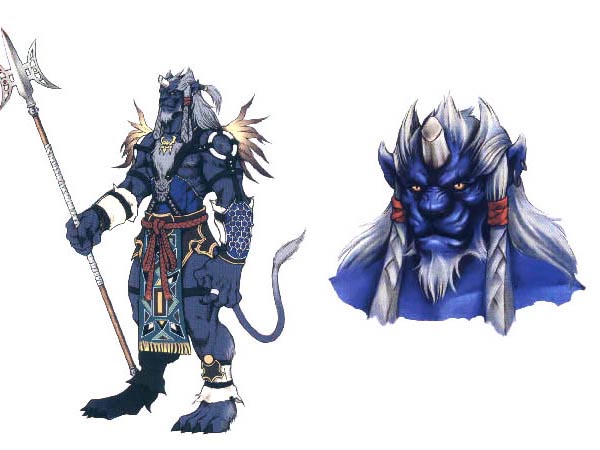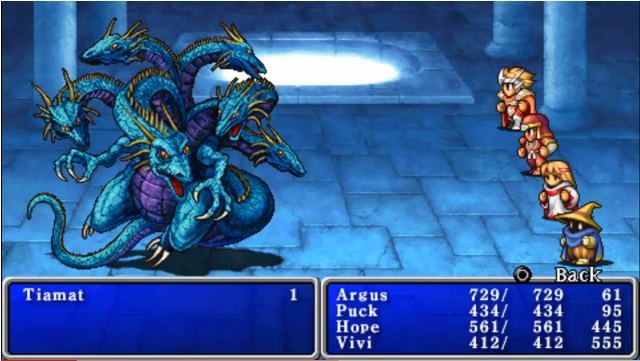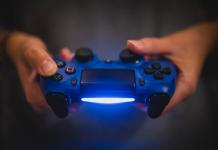This year the Final Fantasy franchise will turn 25 years old, and it has influenced culture as much as culture has influenced itself.
Final Fantasy has always been one of the best RPG series around thanks to its unique stories, aesthetics and characters that change from game to game (at least in the main series), without even keeping the same world in common. What does remain, though, are background aspects, such as magic, fantasy, powerful creatures that inhabit the world, and trademarks, such as Moogles or Chocobos.
The interesting aspect is that, besides the trademarks, the weapons and creatures that remain from game to game are actually based in real world mythological beings, and to make things more interesting, they’re even from western mythologies for the most part. Even before jumping into the game, players might be familiar with weapons such as the Excalibur, or have heard of the Leviathan. For those curious about where these myths come from, just keep on reading.
Ifrit
Appearances in the main series: Final Fantasy III, Final Fantasy IV, Final Fantasy V, Final Fantasy VI, Final Fantasy VII, Final Fantasy VIII, Final Fantasy IX, Final Fantasy X, Final Fantasy XI, with cameo appearances in Final Fantasy XII and XIII.
Ifrit, the fire summon/esper/aeon/monster, and occasionally a boss, is based on the Jinn or Djinn of Islamic Mythology, what we know as “genies”. In the Qur’an, they are described as beings of smokeless flame, or scorching fire, much like his in-game appearance. Ifrit’s debut was in Final Fantasy III which never got released in the west up until the Nintendo DS remake came around, so the first time western players saw him was in Final Fantasy IV, where he was just called Jinn.
His name, in particular, refers to a type of genie, of which Ifrits are the strongest. Ifrits can be huge winged male or female creatures who have their own society, rules and sets of morals.
Bahamut / Behemoth
Appearances in the main series: Final Fantasy I, Final Fantasy III, Final Fantasy IV, Final Fantasy V, Final Fantasy VI, Final Fantasy VII, Final Fantasy VIII, Final Fantasy IX, Final Fantasy X, Final Fantasy XI, Final Fantasy XIII, with cameo appearances in Final Fantasy XII.
Bahamut and Behemoth, two distinctive creatures in Final Fantasy, are actually based on the same myth from Judeo-Christian mythology, and Abrahamic religions. Keep in mind Hebrew and Arabic don’t really spell vowels save a few cases, so both readings refer to the same creature. This was changed to look different in Roman and Japanese spelling, as to differentiate the two monsters.
Bahamut/Behemoth appears in the Book of Job of the Bible, along with Leviathan as some sort of “divine pets”, but they were also incredibly strong to the point no human could expect to face them and come out alive. Behemoth is also later mentioned in the Book of Enoch as the primal unconquerable monster of the land, while Leviathan represents the sea, and Ziz the sky. Bahamut is usually represented as a powerful creature that resembles a bull/hippo/elephant which pretty much contradicts the role Bahamut plays in the video game, where he is a dragon, and is referred to as the Dragon King. The bull imagery fits best with the regular enemy, the behemoth.
Shiva
Appearances in the main series: Final Fantasy III, Final Fantasy IV, Final Fantasy V, Final Fantasy VI, Final Fantasy VII, Final Fantasy VIII, Final Fantasy IX, Final Fantasy X, Final Fantasy XI, Final Fantasy XIII, with cameo appearances in Final Fantasy XII.
In one of the weirdest twists in the franchise, Shiva, the female ice summon, is based on a male deity of Hinduism. He is known as the “Destroyer of Evil”, and is a yogi who lives in Mount Kailash. Nothing in Hindi mythology, except its place of residence, suggest powers or control over ice. However, it’s actually his skill with the trident (which Final Fantasy Shiva never uses) that is mentioned the most. Shiva is the main figure worshiped in a cult/sect of Hinduism referred to as Shaivism.
The reason behind the disparity between the mythological being and the video game character remains a mystery, although it is mentioned that one of the things he stands for is duality. Despite this, he is depicted as a male most of the time. A simpler theory, though, is that Shiva’s name is just the Japanese way of spelling “shiver”.
Excalibur
Appearances in the main series: Final Fantasy I, Final Fantasy II, Final Fantasy III, Final Fantasy IV, Final Fantasy V, Final Fantasy VI, Final Fantasy VII, Final Fantasy VIII, Final Fantasy IX, Final Fantasy X, Final Fantasy XI, and Final Fantasy XII. It’s oddly absent in Final Fantasy XIII, where it would have made a great sword for Lightning.
There’s not much mystery about where the “Excalibur” comes from: most people are familiar with the myth of King Arthur and the Knights of the Round Table. In Arthurian stories, the Excalibur was a sword thrust in a stone, which no one except the one meant to become the king of Camelot could pull out, as the gods intended. Eventually, young Arthur pulls it out, and is thus able to become the ruler of the land.
Although King Arthur is supposed to have lived in the late 5th century/early 6th century, most stories that refer to him were written around the times of the Crusades. Thus, the divine aspect of the sword itself is remarked on a lot. This might have led the programmers to give the sword holy elemental attributes in the video games.
Masamune
Appearances in the main series: Final Fantasy I, Final Fantasy II, Final Fantasy III, Final Fantasy IV, Final Fantasy V, Final Fantasy VI, Final Fantasy VII, Final Fantasy VIII, Final Fantasy IX, Final Fantasy X, Final Fantasy XI, Final Fantasy XII and Final Fantasy XIII.
The Masamune is, in the video game series, an extremely powerful katana, although it is a regular sword sometimes. Even though it’s present in each and every game of the series, it has become Sephiroth’s signature weapon above all. Other note-worthy users of the legendary sword were Edge, Cyan, Zidane and Gilgamesh.
The name doesn’t refer to a specific sword in Japanese mythology, but actually a swordsmith, Goro Nyodo Masamune. It’s sort of like how whenever we say Fender Telecaster, we refer to a brand of guitars as opposed to a specific, unique guitar. Masamune was renowned for creating some of the best blades in Japan around the late 13th and early 14th centuries, which explains why the swords in the game are usually amongst the strongest. Sometimes, they’re even certain characters’ ultimate weapons.
Leviathan
Appearances in the main series: Final Fantasy III, Final Fantasy IV, Final Fantasy V, Final Fantasy VII, Final Fantasy VIII, Final Fantasy IX, and Final Fantasy XI, with cameo appearances in Final Fantasy II, Final Fantasy XII, and Final Fantasy XIII.
Leviathan is, along with Behemoth/Bahamut, a creature from Judeo-Christian mythology. It has a prominent appearance in the book of Job, where it is described as a giant serpent snake. For those who have read the Bible, it is also mentioned in some writings that the whale who swallowed Jonah had avoided being eaten itself by Leviathan, who swallows one whale per day. This should give readers an estimate of its size, and explain why its guts are even a dungeon that characters explore during Final Fantasy II.
Being that it’s a creature that belongs in the water, in the Final Fantasy series it has been associated with the same element, causing tidal waves that hurt the enemy big time. It is usually amongst the strongest summons in each game, second only to Bahamut himself. This is weird being that in the Bible they are considered equals who are strong enough to be able to battle each other.
Odin & Sleipnir
Appearances in the main series: Final Fantasy III, Final Fantasy IV, Final Fantasy V, Final Fantasy VI, Final Fantasy VII, Final Fantasy VIII, Final Fantasy IX, Final Fantasy XI, and Final Fantasy XIII, with a mention in Final Fantasy XII.
Odin is the major god in Norse Mythology, and the ruler of Asgard. His name stands for everything the vikings thought mattered: battle, conquest, death, but also poetry, and wisdom. His faithful steed is the six legged horse, Sleipnir, on which he rides into battle. In Norse mythology, Odin earned his place at the top of the chain by organizing the other gods and killing the Ice Giants that ruled the world before them.
In the game, he carries a sword with which he performs his signature move, Zantetsuken (“Iron Cutting Sword” in Japanese). Obviously, the original Odin from Norse mythology didn’t really care for Japanese attacks and techniques, and this is a purely artistic liberty Squaresoft took. The interesting part though, is that the games sometimes depict him using a lance (the Gungnir in the mythology) to inflict damage instead of instant-kills, which fits better with the myth.
Kain
Appearances in the main series: Final Fantasy IV, although many lances in the series ever since have been referred to as Kain’s Lance.
Kain, one of the main characters in Final Fantasy IV, is based on the Bible character from Genesis, Cain. In the myth, Cain and Abel are the first two children of Adam and Eve. In Cain’s eyes, Abel was Adam and Eve’s favorite, so eventually, he became the first murderer ever by stabbing Abel and thus, killing him. This correlates pretty well with the role Kain plays in FFIV, where he resents his “brother” (they are not blood-related), Cecil, who has the love of Rosa, the White Mage. Throughout the game, Kain and Cecil face off and argue many times, without there ever being a clear winner. Also, Kain is a Dragoon Knight, a type of knight who specializes in aerial attacks thanks to their “Jump” command. This is cool because lances are the weapons most used by dragoons, reminiscent of the one Cain wielded in the Bible.
Longinus’ Lance
Appearances in the main series: Final Fantasy VII and Final Fantasy X.
This lance hasn’t been featured in the main series that much, but every time it did it counted, being Cid’s second best weapon, and Kimahri’s celestial weapon. In some translations, it is referred to as the Spirit Lance, and has also been featured plenty in the Gameboy Advance remakes of most Final Fantasy games, always being amongst the best weapons in the game. The weapon’s name comes from a Christian myth when Jesus was hung on the cross. What eventually killed Jesus was a spear wound on his side, performed by an extremely tall Roman warrior who went by the name of Longinus. This is where the Lance strength comes from in the game: it’s a weapon strong enough to pierce through a god.
Tiamat
Appearances in the main series: Final Fantasy I, Final Fantasy II, Final Fantasy VIII, Final Fantasy IX, Final Fantasy XI, Final Fantasy XII and Final Fantasy XIII.
Tiamat is a chaos monster in Babylonian mythology, and one of the most powerful ones of that pantheon. It’s one of the primordial gods who gave birth to many other deities, but also demons. Because no one likes demons, one of her own children, Marduk, eventually murdered her. In Babylonian mythology, she is described as a sea serpent or a dragon, although in Final Fantasy interpretations, the sea serpent bit was dropped, and she looks more like a dragon/hydra, with many heads. In Final Fantasy VIII, they go as far as to just use a palette swap of Bahamut for her.
Aware of the position Tiamat has in the Babylonian pantheon, she was always an extremely powerful enemy, being the strongest of the Four Elemental Fiends in the original Final Fantasy. In successive appearances, her role was less relevant, being sometimes a boss, or even a random encounter, but always amongst the strongest enemies a player could run into.
Credit where credit’s due: We only thought about writing this piece after seeing what the Game Informer team had written here. We salute them and appreciate their input. See other Final Fantasy stories at Final Fantasy Continues To Expand: Now They Are Prada Models and Final Fantasy XIII-2 Getting Mass Effect 3 Armor DLC.

